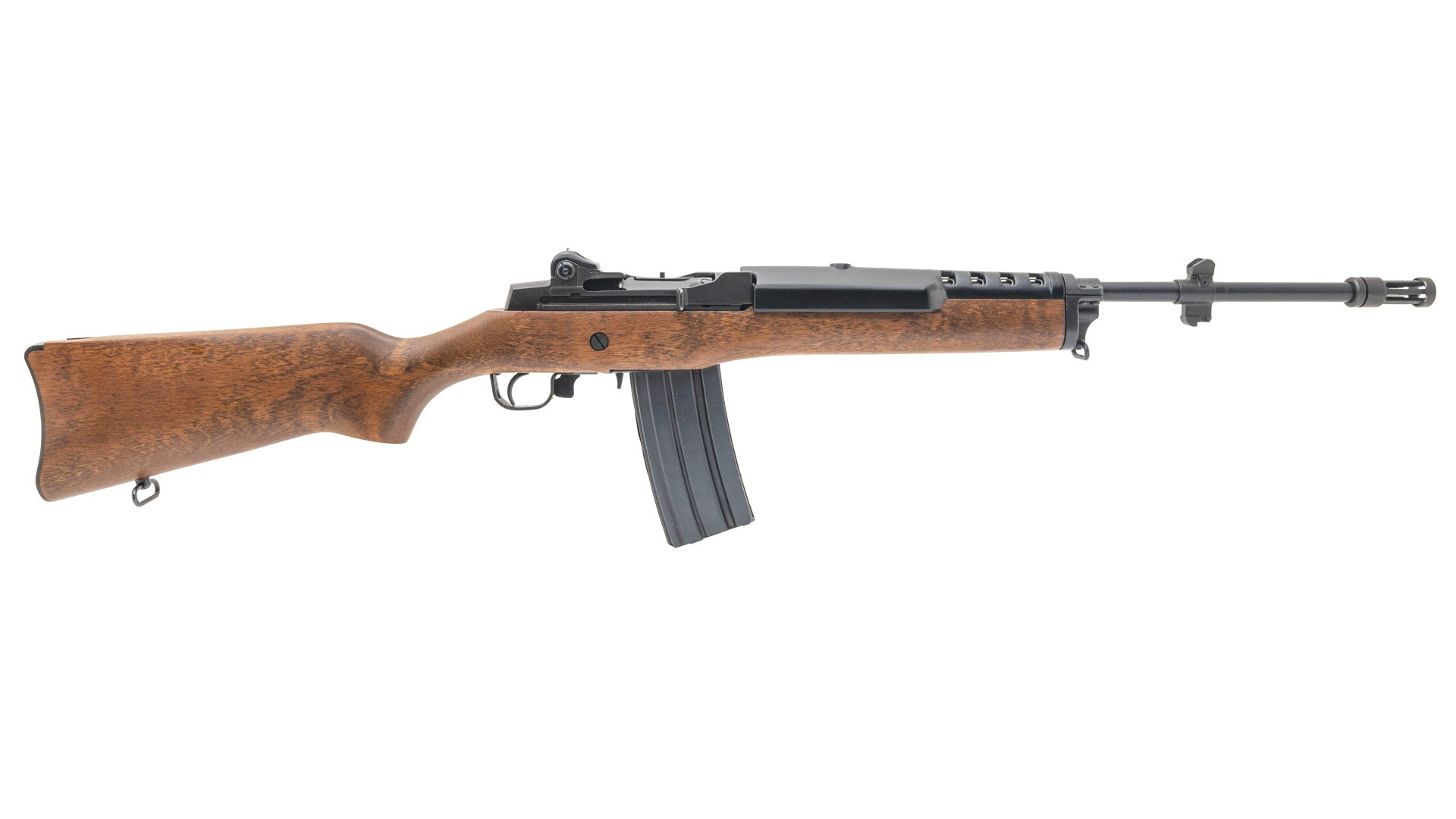
After the fall of France in 1940, Germany occupied not just the country’s northern coast but also the entirety of its western coast, in a corridor stretching all the way to the Spanish border. A mere 60 miles to the west, the Basque city of Guernica was home to one of the greatest gunmakers in Europe: Unceta y Compañia S.A., better known as Astra. From the start of World War II, German industry had struggled to produce an adequate number of pistols for its armed forces. To cover this shortfall, the Wehrmacht purchased foreign-made guns, and after the fall of France, that included pistols made in Guernica by Astra.
In 1941, the Germans purchased 12,000 Model 300 and Model 400 pistols. During the three years that followed, most of Astra’s production was dedicated to German orders. While the Model 300 (in both .380 ACP and .32 ACP) succeeded in German service, it was just not big enough to be considered a proper sidearm. The Model 400 was large enough, but it also presented a big problem. Chambered for 9 mm Largo, a cartridge the Wehrmacht did not use in any other firearm, it gave supply officers a logistical headache; they liked its simple reliability but not its chambering.

In response to feedback from the Germans, Astra re-designed the Model 400 to chamber 9 mm Luger. Like the pistol from which it evolved, this new Astra made use of a steel slide, a steel frame, a fixed barrel with a concentric recoil spring, an internal hammer and the direct-blowback operating mechanism. A few other minor modifications were also made to include shortening the slide and barrel and reducing the width of the grip.
The new cartridge required a re-design of the single-stack magazine, but capacity remained eight rounds. The Model 400’s heel magazine release was replaced by a button on the left side of the grip, and an improved lanyard loop was added just behind it. Three features made it as safe as it was reliable: a thumb safety, a grip safety and a magazine-disconnect safety. Astra designated it the “Model 600/43” and sent 50 examples to Germany in early 1944 for testing and evaluation.
An exceptionally well-made pistol, the Model 600/43 impressed the Wehrmacht, and it quickly placed an order for 60,000 units. As part of a phased-production contract, the German government paid Astra up front for the first 41,500 guns. Deliveries began in May 1944, but they only continued for 90 days because, just as serial production of the Model 600/43 was getting underway in Guernica, Allied forces stormed ashore 500 miles to the north in Normandy.
By July 1944, the ongoing campaign in northern France had fundamentally changed the tactical situation in southern France, and, by the fall, the German occupation had ended. Only 10,500 Model 600/43s were delivered before that time, and they are easy to identify by virtue of the “WaA/D20” acceptance mark engraved on the right side of the frame. Astra went on to manufacture the remaining guns that Germany paid for and then continued by assembling another 18,000.
After the war, the Philippines, Costa Rica, Egypt, Thailand, Portugal, Chile, Jordan and Turkey purchased these Model 600/43s in small quantities. But the great irony of this story is that the largest postwar buyer of the pistol was the same country that brought it to life in the first place. West Germany’s Federal Police adopted it in 1951, and then West Germany’s army adopted it in 1956.
Although the Astra Model 600/43 may not sit at the top of the list of the most collectible German World War II pistols, that is exactly what the first 10,500 are. Even the examples that do not have Nazi acceptance marks are part of the story of Germany during the Second World War, as they would not exist were it not for the fact that they were brought into being at a time when everyone involved should have known that the “Thousand-Year Reich” wasn’t going to last.
Gun: Astra Model 600/43
Manufacturer: Unceta y CompaÑia S.A. (Astra)
Chambering: 9 mm Luger
Serial No.: 29058
Manufactured: 1945
Condition: NRA Very Good (Modern Gun Standards)
Value: $700




































